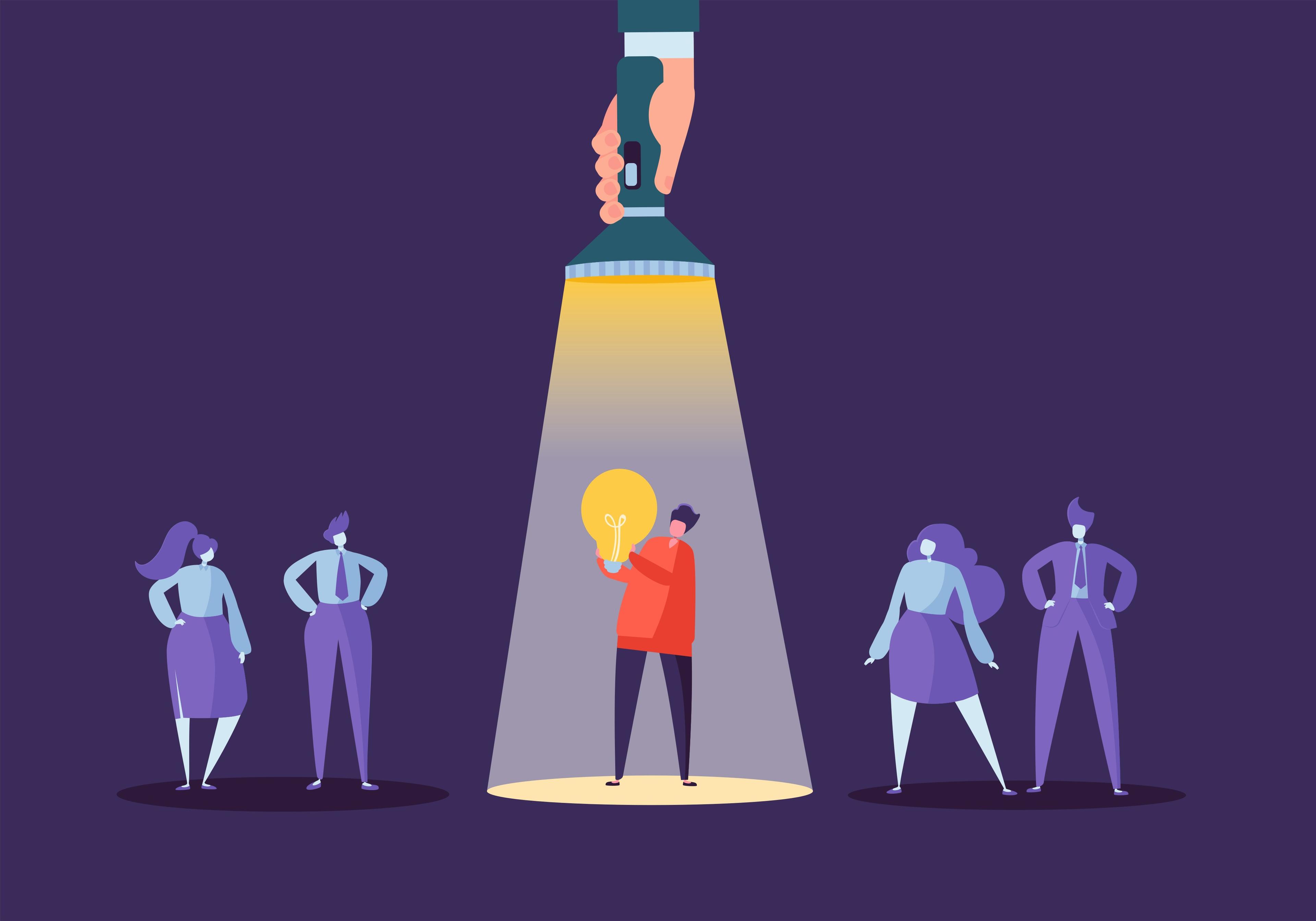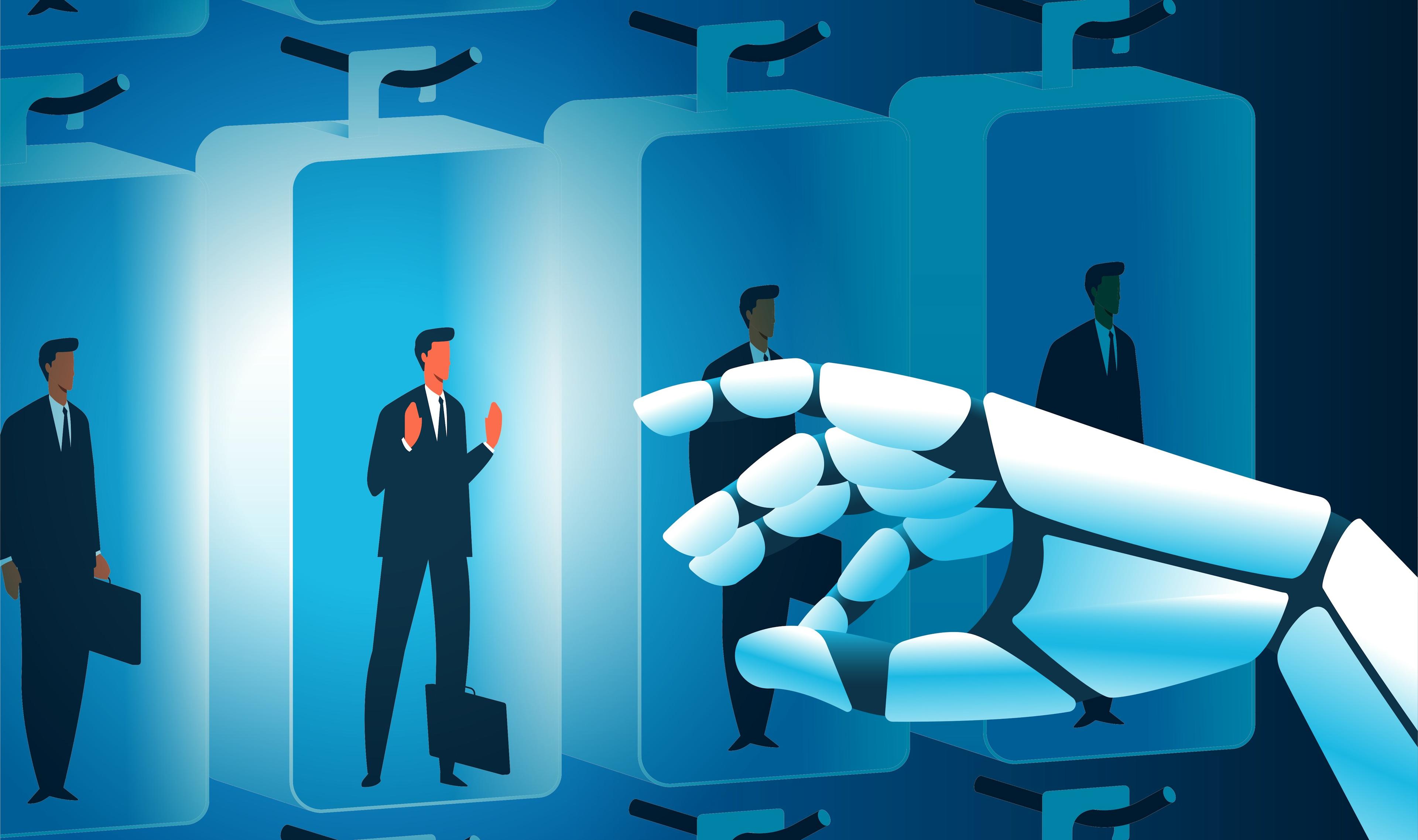The promise of AI is speed, polish, and tireless help. The risk is that the very qualities that make AI useful can also dull the habits that make judgment strong. Many of us now draft with a blinking cursor that offers the next phrase before we know what we want to say. We read neat summaries that strip away the heat of a real debate. We search and receive confident paragraphs with citations that look official enough to silence doubt. Convenience improves. Friction declines. Responsibility stays.
The core question is not whether to use AI. The real question is how to keep your mind awake while you use it. Avoiding the tools is not a plan. Surrendering to them is not a plan either. The path in between looks like a set of rituals, small and repeatable, that keep you present for your own thinking.
Begin with a simple move. Name the job before you touch the keyboard. Not the visible task, the deeper job. Sometimes the job is to expand possibilities. In that case, ask for ten options and let the model explore the edges you would have missed. Sometimes the job is to choose. That is a different muscle. Choosing is not a speed problem. Choosing is a values problem. Criteria matter more than clever prompts. If you do not name your criteria, the tool will fill the gap with a default that belongs to no one in particular.
Once you know the job, design the checkpoints that bring your judgment back into the loop. Draft with AI if you like, then switch gears and edit without it. Read the text out loud and listen for places where the logic jumps or the tone loses warmth. Print and mark the page with a pen if that helps you see what the glow of a screen hides. Ask what a skeptic would question. These small acts slow you down just enough to restore ownership.
Curiosity is the next safeguard. When a model delivers a confident answer, treat that confidence as a start. Ask for the sources behind the claim and click through. Skim two that agree and one that almost fits but not quite. Look for what each source leaves out. The aim is not to distrust everything. The aim is to practice the movement of verification, a movement that strengthens the muscle of discernment. Truth is more vivid when you chase it for a few extra minutes.
Process can keep you honest. Students and professionals alike are building habits that highlight the path, not only the result. Outline by hand. Note what you knew before you asked the tool for help. Write down what would change your mind. Keep a short audit trail that shows where you used AI and where you did not. This is not a performance for others. It is a way to make your own reasoning visible to yourself.
Taste is your last line of defense, and it grows with deliberate use. You can feel when a paragraph flows and still lands flat. You can feel when a slide has the right numbers and the wrong story. You can feel when a message looks polished and reads like it was written for everyone and no one. Taste is not a feature that a model can supply on demand. Taste is the accumulation of choices you make when you resist what is merely fine and reach for what is true, useful, or alive. The only way to train that is to compare. Put the AI draft next to your own draft. Keep the parts that carry weight. Cut the parts that anesthetize meaning. Over time your sense of what to keep becomes faster and surer.
The conversation about prompts can be helpful if you treat it as technique, not magic. People trade prompts like recipes, each one promising a better outcome. A sharp prompt can improve structure and tone. It cannot replace the work of deciding what matters. Use prompts to set constraints that reflect your intent. Ask for counterarguments. Ask for missing perspectives. Ask for examples that fail. A good prompt pulls the model toward friction, which is where your thinking wakes up.
In work settings, teams often standardize prompts to keep quality consistent. That can help. It can also create sameness that drains conviction from decisions. If a group moves faster during meetings but commits more slowly after, the issue may be that agreement came too cheaply. A paragraph that reads like everyone else wrote it can pass through a round of review and still stall when it meets reality. The cure is to reintroduce ownership. Ask who signs their name to the final version. Ask what would make them defend the choice in a room of critics. Accountability sharpens thought.
In classrooms and living rooms the line moves in quieter ways. Teachers now grade not just the answer, but the path to the answer. Parents use AI to plan meals for the week and still return to memory for a dish that never had measurements. Both cases point to the same lesson. Context gives outcomes their flavor. A tool can suggest steps. Only a human can decide which details matter to this audience, in this moment, for this goal.
There is an etiquette to the emotional side of usage as well. People use AI to draft apologies, break up texts, and difficult updates. The draft may be precise. The risk is that the polish reduces the human stakes. A better approach is to ask the tool to map the blind spots you might have missed. Then write the message yourself. Let the outline support you without stealing your voice. Precision has value. Sincerity has weight.
Voice deserves special care because it lives not only in word choice, but in the timing and rhythm of thought. You feel your voice when you cut a long sentence in half and it suddenly breathes. You feel it when a memory interrupts a tidy paragraph and sends it down an honest path. A model can imitate tone. It cannot imitate the exact detour that your lived experience will take. Preserve the detours. They are what make readers trust you.
If you want a single exercise that strengthens critical thinking with AI, use the opposition test. When the model gives you an answer that seems plausible, write a short paragraph arguing the opposite. Notice where your counterargument feels weak and where it bites. The tension between the two reveals the hinges of your belief. You may return to the original answer with edits. You may change your mind. Either way, the conclusion will be yours. All of this relies on attention. Pay attention to what you know before you ask. Pay attention to the parts of the output that make you nod without a reason you could defend. That is your cue to pause. Test the claim. Swap an example. Ask for the edge case. Then return to the page with a clearer head.
The future will likely supply friendlier tools, better citations, and more transparent uncertainty. The question that will still matter is the one you ask yourself before you accept an answer. What am I trying to achieve. Which parts require taste, judgment, or care. Which parts can I automate without losing the point. When you can answer those, AI becomes a map that gets you there faster, not a driver that decides where you go. The goal is not to move at maximum speed. The goal is to move on purpose.




.jpg&w=3840&q=75)


.jpg&w=3840&q=75)
.jpg&w=3840&q=75)




.jpg&w=3840&q=75)
.jpg&w=3840&q=75)